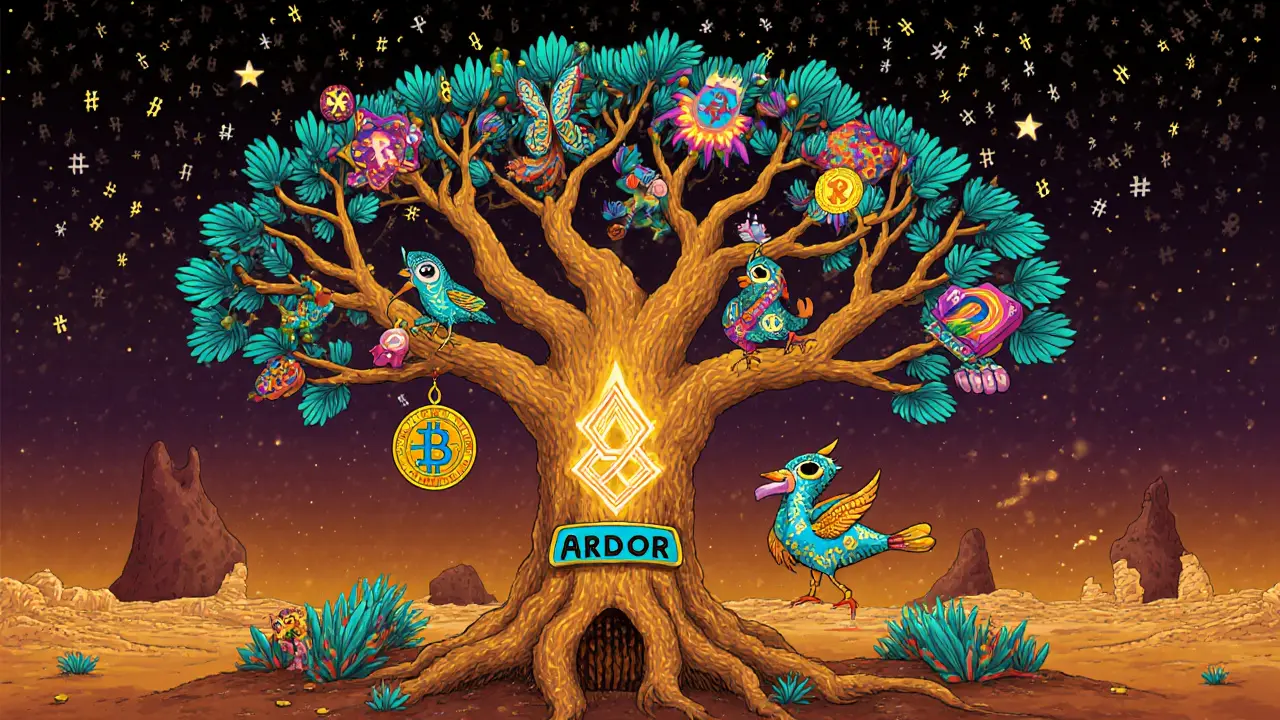Ardor Blockchain: What It Is and How It Powers Multi-Chain Crypto Projects
When you think of blockchain, you probably picture one big chain handling everything—transactions, smart contracts, tokens. But Ardor blockchain, a parent-child chain architecture built on the Nxt platform that separates transaction processing from security. Also known as Nxt 2.0, it was designed to fix the one-size-fits-all problem that slows down most blockchains. Instead of cramming every feature into one chain, Ardor splits responsibilities: the main chain handles security and consensus, while lightweight child chains handle everything else—tokens, apps, data—without bloating the network.
This design isn’t theoretical. It’s how real projects avoid the high fees and slow speeds of Ethereum or Bitcoin. Child chains, independent blockchains that run on top of Ardor’s main chain, each with their own rules and tokens let companies launch custom blockchains without building their own consensus mechanism. Need a token for loyalty points? A child chain. Running a private supply chain ledger? Another child chain. All secured by Ardor’s proof-of-stake backbone, with zero extra mining cost. That’s why Ardor is used by enterprises that need control without complexity.
Unlike other multi-chain systems that rely on bridges and intermediaries, Ardor’s child chains communicate directly through the parent chain using built-in cross-chain transactions. This means no risk of bridge hacks, no gas wars, no fragmented liquidity. And because each child chain only records what it needs—no full node bloat—you get speed, low cost, and real scalability. The system even lets you freeze or delete child chains if they’re no longer needed, something most blockchains can’t do.
What you’ll find below isn’t just a list of posts—it’s a practical guide to how Ardor’s architecture solves problems others ignore. From how it compares to Ethereum’s layer-2 solutions, to why it’s still quietly powering niche dApps in 2025, to how its unique fee structure makes it ideal for microtransactions. You’ll also see how it connects to real-world use cases like digital badges, voting systems, and tokenized assets—all built on top of this under-the-radar but powerful system.









